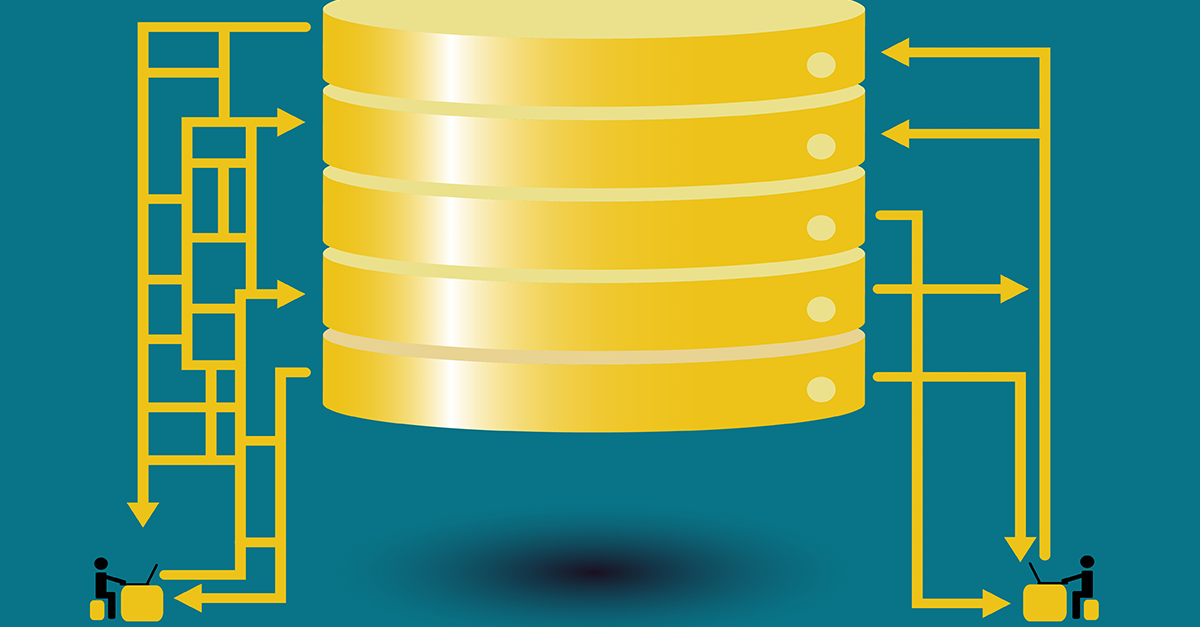The question of what came first, the egg or the chicken, haunts humankind for many centuries. From a software company client's standpoint, there's another essential rivalry requiring due diligence: should a software product start with front-end or back-end development? It goes without saying that both these parts of the web application are vital and require due attention during design, coding, and testing.
The thing is that deciding which of them requires number one priority may be tricky sometimes. This article will consider the main reasons determining whether developers should focus first on the front-end or the back-end part of the app development process.


